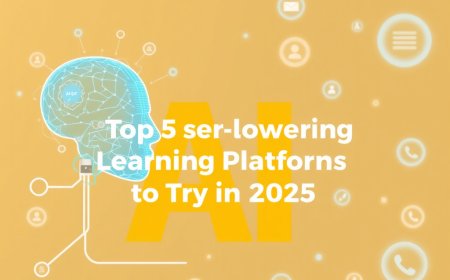The Rise of Digital Classrooms: What Students Need to Know

The rise of digital classrooms is revolutionizing the way students learn, providing access to a vast array of educational resources, facilitating online discussions, and enabling collaboration on projects. With the integration of technology, digital classrooms offer a range of benefits, including increased flexibility, personalized learning, and improved engagement. As technology continues to evolve, it's essential for students to understand the opportunities and challenges presented by digital classrooms.
One of the primary benefits of digital classrooms is the increased flexibility they offer. Students can access course materials, participate in online discussions, and submit assignments at any time, from any location. This flexibility is particularly beneficial for students who have other commitments, such as part-time jobs or family responsibilities. Additionally, digital classrooms provide opportunities for personalized learning, allowing students to learn at their own pace and access resources that are tailored to their individual needs.
Digital classrooms are also changing the way students learn by providing a range of interactive and immersive learning experiences. For example, online simulations and virtual labs enable students to engage with complex concepts in a hands-on way, while online discussions and collaborative projects facilitate the development of critical thinking and problem-solving skills. Furthermore, digital classrooms provide opportunities for students to develop their digital literacy skills, which are essential for success in today's technology-driven world.
The role of technology in facilitating digital classrooms is multifaceted. Learning management systems (LMS) provide a platform for course delivery, while online tools and resources, such as educational videos and interactive simulations, enhance the learning experience. Additionally, technologies such as artificial intelligence (AI) and machine learning (ML) are being used to personalize learning and improve student outcomes.
While digital classrooms offer a range of benefits, there are also potential challenges and limitations to consider. For example, technical issues, such as connectivity problems and hardware malfunctions, can disrupt the learning experience. Additionally, digital classrooms can exacerbate existing inequalities, particularly for students who lack access to reliable technology or internet connectivity. To mitigate these challenges, it's essential for educators and policymakers to prioritize digital equity and ensure that all students have access to the resources and support they need to succeed in digital classrooms.
The importance of developing digital literacy skills for students cannot be overstated. As technology continues to evolve, it's essential for students to be able to effectively navigate and utilize digital tools and resources. Digital literacy skills, such as online safety, digital citizenship, and information literacy, are critical for success in digital classrooms and beyond.
The impact of digital classrooms on student outcomes is a topic of ongoing research and debate. While some studies suggest that digital classrooms can improve student outcomes, such as increased engagement and improved academic performance, others have raised concerns about the potential for digital classrooms to exacerbate existing inequalities. To fully realize the potential of digital classrooms, it's essential for educators and policymakers to prioritize evidence-based practice and ongoing evaluation.
Digital classrooms can also be used to support different learning styles, providing opportunities for students to engage with course materials in a way that is tailored to their individual needs. For example, online resources, such as video lectures and interactive simulations, can provide visual and kinesthetic learners with a range of engaging and interactive learning experiences. Additionally, digital classrooms can increase accessibility and equity in education, providing opportunities for students with disabilities to participate fully in the learning experience.
In conclusion, the rise of digital classrooms is transforming the way students learn, offering a range of benefits, including increased flexibility, personalized learning, and improved engagement. As technology continues to evolve, it's essential for students to understand the opportunities and challenges presented by digital classrooms. By developing digital literacy skills, prioritizing digital equity, and leveraging the potential of digital classrooms to support different learning styles, educators and policymakers can ensure that all students have access to the resources and support they need to succeed in today's technology-driven world.

















